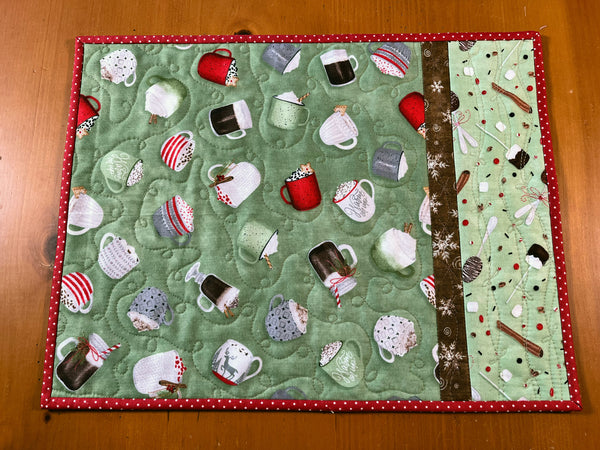The Basic Principles Of Top News Sites
The Basic Principles Of Top News Sites
Blog Article
What Does Unique Art Mean?
Table of ContentsGetting The Unique Art To WorkSome Known Factual Statements About Unique Art Unique Art for DummiesThe Basic Principles Of Unique Art
While one may question which art form holds precedence, the fact stays that each of these 7 kinds gives a special window into human background, society, and development. They are the tapestries that chronicle our trip, reminding us of our past while motivating visions for the future.Terrific artwork narrates, makes individuals look two times, and creates a distinct experience that can not be matched. Art and pictures connect all of that through shade, form and various other design aspects. Learn just how to make your unique art work stand apart from the group.
3 Emil DervishIn this entrance by Emil Dervish that lovely cobalt blue door steals the show. To bring much more dramatization, he prolonged the paint. to the doorframe and the wall surface up, completing in a curved shape. The contours, together with a spherical sconce, soften the edges - Unique Art. Then structures vintage posters and maps of precious places established the scene.
8 TRIA GIOVANEqual components grand and laidback, this foyer developed by Anthony Baratta is the excellent plan to comply with if you're decorating an official entrance that still really feels unfussy and comfy. Formed fabrics take center phase (see the carpetings and the couch), yet they likewise help bring the high ceilings down to a human scale when hung over wallpaper.
The 3-Minute Rule for Unique Art
18 Heidi Caillier DesignA gallery wall surface does not need to occupy the entire space. In some cases a tiny one can make a bigger style statement. In this living-room, Hiedi Caillier decided for micro-mini frames and a random make-up. Ad - Continue Reading Below19 Stephen Kent JohnsonDesigner Juan Carretero chose a deep green paint shade to contrast with the light timber coatings.
The elements of this languageits shapes, lines, colours, tones, and texturesare used in different means to generate experiences of volume, room, movement, and light on a flat surface. These elements are incorporated into meaningful patterns in order to stand for actual or superordinary sensations, to interpret a narrative motif, or to produce entirely abstract aesthetic relationships.
Later on the idea of the "fine musician" created in Asia and Renaissance Europe. Prominent painters were paid for the social condition of scholars and courtiers; they signed their work, determined its style and typically its subject and images, and established a much more personalif not constantly amicablerelationship with their clients. Throughout the 19th century painters in Western societies began to lose their social position and safe patronage.
The 5-Minute Rule for Unique Art
Others gained an earnings through exploring exhibitions of their work. The need to appeal to an industry had actually replaced the comparable (if less impersonal) needs of patronage, and its impact on the art itself was probably special info comparable as well. Unique Art. Generally, musicians in the 20th century can reach a target market only via commercial galleries and public galleries, although their job might have been occasionally replicated in art periodicals
It is the feeling of certainty in this formal company that offers a great paint its self-sufficiency and presence. The colours and placing of the principal images in a design might be occasionally greatly made a decision by representational and symbolic factors to consider. Yet it is the formal interplay of colours and forms that alone can interacting a specific mood, generating optical feelings of area, volume, activity, and light and producing forces of both harmony and tension, even when a painting's narrative importance is unknown.
Don't replicate the style of other musicians if you're searching for your design. Copying other individuals's artwork can be great in educational objectives but it will not make you closer to finding your very own special style. Your artistic style has to be, what you like and what influences you.

Unknown Facts About Unique Art
You require to attempt great deals of various alternatives and explore every little thing before you can concentrate on one specific design or you'll be bored, or worse, you'll hate your very own style. So I recommend you to try every solitary subject that you're interested in, explore as long as you can. Try various tools article source that excite you and new methods you have actually never ever attempted prior to.
With time you'll be able to arrange all of them into your preferred and the very least favored categories. Try to concentrate your focus on the topics and tools that you like and prior to you see it coming you'll have your own personal and distinct design, like no person else have! In the end you'll have a few favorite topics to repaint and perhaps a few favorite tools.

Report this page